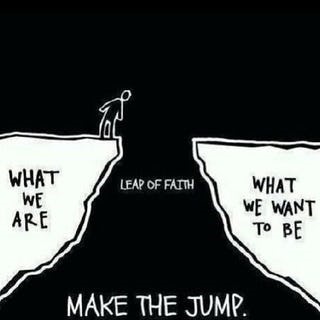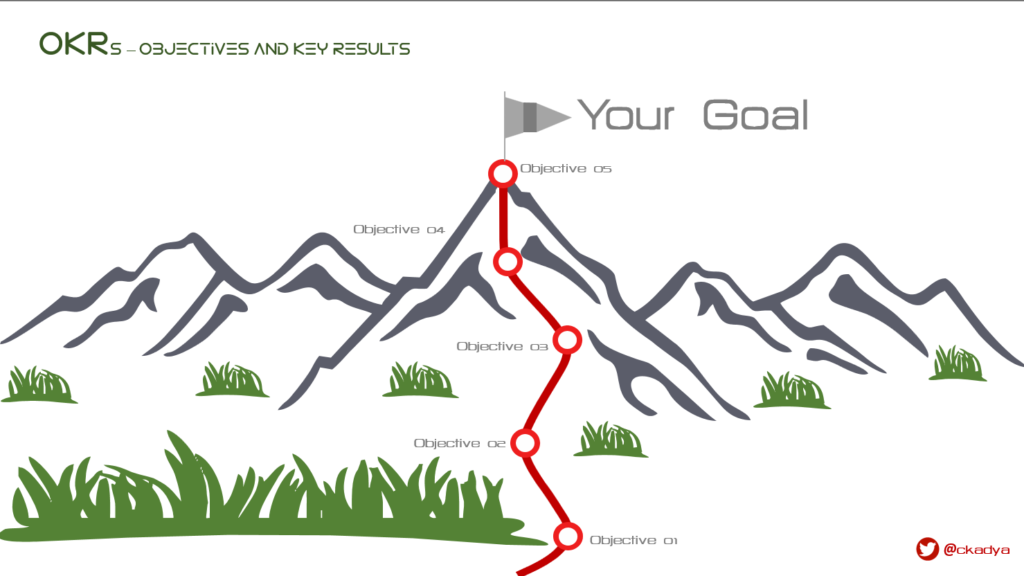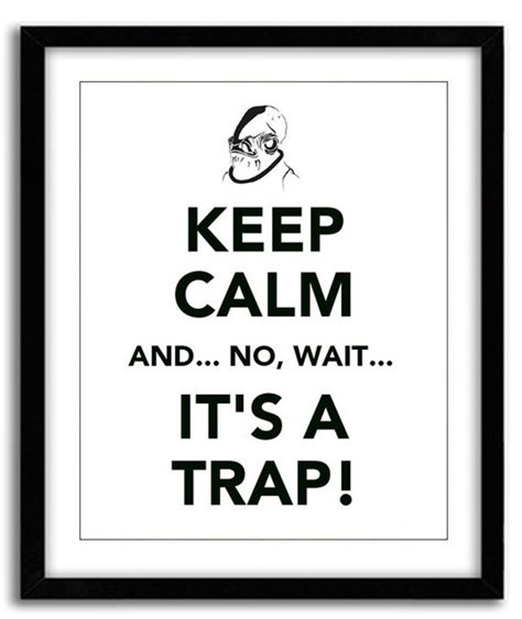In these unprecedented times of (using the word unprecedented) uncertainty, many of us are feeling rudderless and adrift in the vast emptiness of the unknown ocean that lies around us… Many contemplate whether they should continue with their corporate role, or take the leap of faith to become a full-time entrepreneur.

One of the most common questions I am asked is – “I have this idea, what do you think of it, should I take the leap of faith?” I refrain from answering, and instead choose to lead them along the path of the discovery towards the answer that fits their personality, personal situation, aspirations and access to resources, amongst other things in life.
OK, so, how do I take that leap of faith?
I have come to love a simple example which kicks off a series of epiphanies. Let’s assume the person who asked me this question is originally from Chicago and currently residing in London.
Me: “So, tell me something… How would you get from the point where you are, to your place back in Chicago?”
She: “I’d take a flight and get there”
Me: “Excellent. Let’s use that as a starting point and be a bit more specific. How would you get from the point you are right now, to your place back in Chicago?”
She: “I’d take a taxi to the airport, then take a flight to Chicago, and on landing, take a taxi back home”
Me: “OK, brilliant. Now, let’s add more specifics – the name of airports, type of ticket, the timing of the flight, duration, costs involved, your current affordability, the objective of the visit and anything else relevant and important”
She: “OK, I get it… As of today, I would do these activities – Understand motivation for meeting in Chicago; arrange enough money for the flight and other activities; book leave and get it approved; call travel agent and book flight based on price, availability, date, time, class etc…”
She: “ … and on the day of travel – Pack, keep travel documents and ticket, book a minicab to London Heathrow airport to get there for 8 pm, check-in, pass immigration, take the 10 pm flight to Chicago O’ Hare airport, spend eight and a half hours on the plane (a book would be handy), pass immigration, collect luggage, take a taxi to the hotel, stay overnight, attend the meeting the next morning and so on…
I typically don’t have to explain anything further.
Before the first step
So, before taking the first step, ask the basic question – “What is the goal?” – the “purpose” of your venture. Write it down. Read it. Start over. Do it until you are convinced about what you are about to get into.

Once you have identified the goal, the next step is to write a business plan, however basic. This exercise, similar to understanding the key steps to travel to Chicago, always helps when embarking onto something unknown.
If you take out some time from your “busy” schedule and spend a few days on a good business plan, it will save you several months of torture and uncertainty down the road.
A good business plan can help you elucidate your end-to-end strategy, identify probable roadblocks, assist you in finding your strengths and weaknesses and hire co-founder/resources accordingly, and most importantly, evaluate the viability and commercial feasibility of your idea.

A strong business plan covers the below areas and can assist you, the entrepreneur (first-time or otherwise), tremendously in articulating your vision for the business, the execution strategy and the capabilities required to turn the vision into reality. It looks like this:
Executive Summary
———————-
2. Business Description
2.1. Mission Statement
2.2. Business Objectives
2.3. Corporate Structure Overview
2.4. Organization
2.4.1. Legal Structure
2.4.2. Company Ownership
2.4.3. Location and Premises
2.4.4. Intellectual Property
2.5. Management Team
2.6. Board of Directors and Advisors
2.7. Delivery Team
———————-
3. Product or Service
———————-
4. Market Opportunity
4.1. Market Analysis
4.1.1. Industry Overview – Market Trends
4.1.2. Demand – Supply Analysis
4.2. Competitive Advantage
4.2.1. Industry Participants
———————-
5. Growth Strategy
5.1. Strategic Initiatives
5.3. Marketing Strategy
5.3.1. Positioning Statement
5.3.2. Pricing Strategy
5.3.3. Sales Strategy
5.3.4. Sales Forecast
5.4. Sales Strategy and Execution Programmes
5.5. Strategic Alliances
5.6. Key Milestones
———————-
6. Financial Structure
6.1. Key Assumptions
6.2. Financial Projections
6.3. Projected Income Statement
6.4. Projected Cash Flow
a) Items That Increase Cash Balance
b) Items That Decrease Cash Balance
6.5. Projected Balance Sheet
6.6. Sensitivities
6.7. Exit Options
———————-
7. Risk Management
7.1. SWOT Analysis
7.2. Risk management and Mitigation strategies
7.3. Project Risks
———————-
8. Conclusion
———————-
9. Appendices
———————-
10. Glossary
———————-
Parting thought til the next blog:
Still unconvinced about writing a business plan before you take that leap of faith?
“Good luck until your 10th venture before you realise the importance of having a good business plan. “
See more from this series here.

About the author: 24x Founder, 3x Success, 2x VCExit, 19x Failure, 100x Resilient, 14x Sectors, 6x Continents, $2+bn deals originated and advised.
Chennakeshav (Keshav) Adya is an eclectic value creator for mid-sized firms and PE/VC funds on Fund-raising, M&A, growth, corporate strategy and deal-making (currently, as co-founder of Adan Corporate). He is a resourceful entrepreneur with 20+ years of global experience in building businesses from a concept and growing global teams from 2 to 200+.
A deca-lingual, multi-talented zymurgist, Keshav is skilled at using the founder’s mentality and thrives in uncertainty and chaos, directing teams through the “Unknown” in the initial 1-2 years of setting up any type of new venture.
As an Entrepreneur Mentor in Residence (EMiR), Keshav is associated with London Business School’s experiential entrepreneurship activities supporting students and alumni who are interested in pursuing a career in entrepreneurship, whether launching or growing their own ventures.
